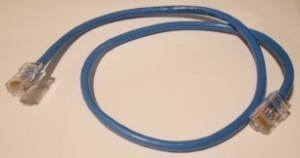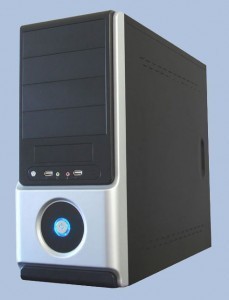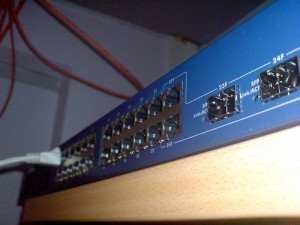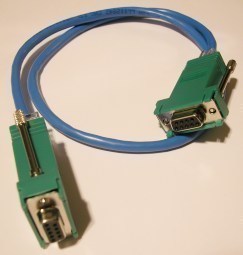Size of Network Cables
There are different network cable lengths used today. To join two computers in separate rooms, a 10 meter cable is often used. But 15, 20 meter and even longer specs are not uncommon.
Use of Cables in Networks
The cables are used to link computers on a network. This makes it possible to transfer the data from one system to the next. Aside from the different lengths, various cable types are also available.
The network topology and structure will determine the length and structure of the cable. The most widely used are the fiber optic, Ethernet cross over, twisted pair and coaxial.
Twisted Pair
Available in different network cable lengths, the unshielded twisted pair (UTP) cable is utilized in Ethernet networks. The UTP consists of four pairs of wires. These wires are contained in the cable lining.
Every pair is twisted numerous times. This is needed to prevent interruption from other network devices. The cable’s structure is noted for its reliability. UTPs also reduce the chances of network failures.
Coaxial Cables
Also known as coax, this cable is used widely. It features a copper conductor in the middle. Its insulator is composed of a plastic coating. The insulation is between metal shield and the center conductor. A coating covers the entire cable. The thicker the coating, the greater the protection.
Ethernet Crossover Cables
As the name suggests, the cable is used for Ethernet computer networks. This cable does away with the need to use routers or switches. The Ethernet crossover cable permits computers to be linked using network interface cards.
Fiber Optic Cables
These are utilized for networks that cover very long distances. Due to its function, the cable has numerous layers of protective coating. Light is transmitted rather than the electric signals used in cables.
This cabling is suitable in network settings with great amounts of electrical interference. Data is relayed at great speed as well. That is the reason why it is used in large businesses.
Future Prospects
Wireless networks are becoming increasingly popular. They are not only fast, but problems like entangled cables are eliminated. Setting them up is also easier. For the time being however, cables are still widely used.
If you are gong to set up a network, make sure you get the proper network cable lengths. Make sure your estimate is accurate. Do not forget to check the protective coating. Look for one that is as thick as possible.





